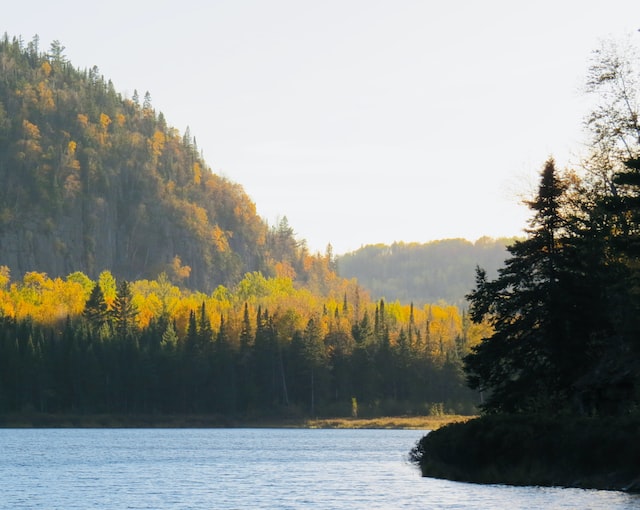Gatineau, QC – Indigenous Peoples in Canada have long been environmental stewards on land, ice, and water and are the original leaders in sustainable development and natural resource management. That is why the Government of Canada is committed to working in partnership with First Nations, Inuit, and Métis to support Indigenous leadership in conservation as we tackle the twin crises of biodiversity loss and climate change.
The Minister of Environment and Climate Change, the Honourable Steven Guilbeault, has announced that the department is now accepting expressions of interest for up to $40 million in Indigenous-led area-based conservation funding. The Indigenous-led area-based conservation program provides funding to Indigenous Peoples to lead or co-lead projects to establish and recognize protected areas. This includes other effective area-based conservation measures across Canada, such as Indigenous Protected and Conserved Areas that can contribute to Canada’s conservation targets.
Environment and Climate Change Canada will be accepting expressions of interest until November 14, 2022. To be eligible for funding, proposals must be Indigenous-led, contribute toward Canada’s conservation targets within the next few years, and have the support of the relevant provincial or territorial government, or reporting authority.
Conserved areas help address the twin crises of biodiversity loss and climate change, but also provide important benefits for Indigenous communities, the natural environment, and species at risk.
This is just one of the measures the Government of Canada is taking to protect nature as it prepares to welcome the world to Montréal in December 2022 for the 15th Conference of the Parties (COP15) to the United Nations Convention on Biological Diversity. COP15 presents an opportunity for Canada to show its leadership in taking actions to conserve nature and halt biodiversity loss around the world, in partnership with Indigenous Peoples, the original guardians of the land.
“Indigenous Peoples have long taken care of the lands we all share. It is only by recognizing Indigenous traditional roles, knowledge, and science that we can slow biodiversity loss and achieve Canada’s conservation goals. In the spirit of reconciliation, the Government of Canada is committed to supporting Indigenous leadership in conservation.”
– The Honourable Steven Guilbeault, Minister of Environment and Climate Change
Quick facts
- The Government of Canada has a goal to protect 25 percent of lands and inland waters in Canada by 2025, and is supporting a global target to conserve 30 percent by 2030.
- With 640 at-risk species in Canada and many of our wildlife populations in decline, the Government of Canada is committed to halting and reversing biodiversity loss in Canada by 2030.
- Other effective area-based conservation measures are helping Canada achieve its conservation goals. They are areas managed and governed in ways that achieve positive biodiversity outcomes equal to those of a protected area.
- Other effective area-based conservation measures recognize important conservation work that is already happening across the country. They are helping Canada take a holistic approach to biodiversity conservation and reaching our conservation goals.
- United Nations data suggests Indigenous lands make up only around 20 percent of the Earth’s territory, but contain as much as 80 percent of the world’s remaining biodiversity.












